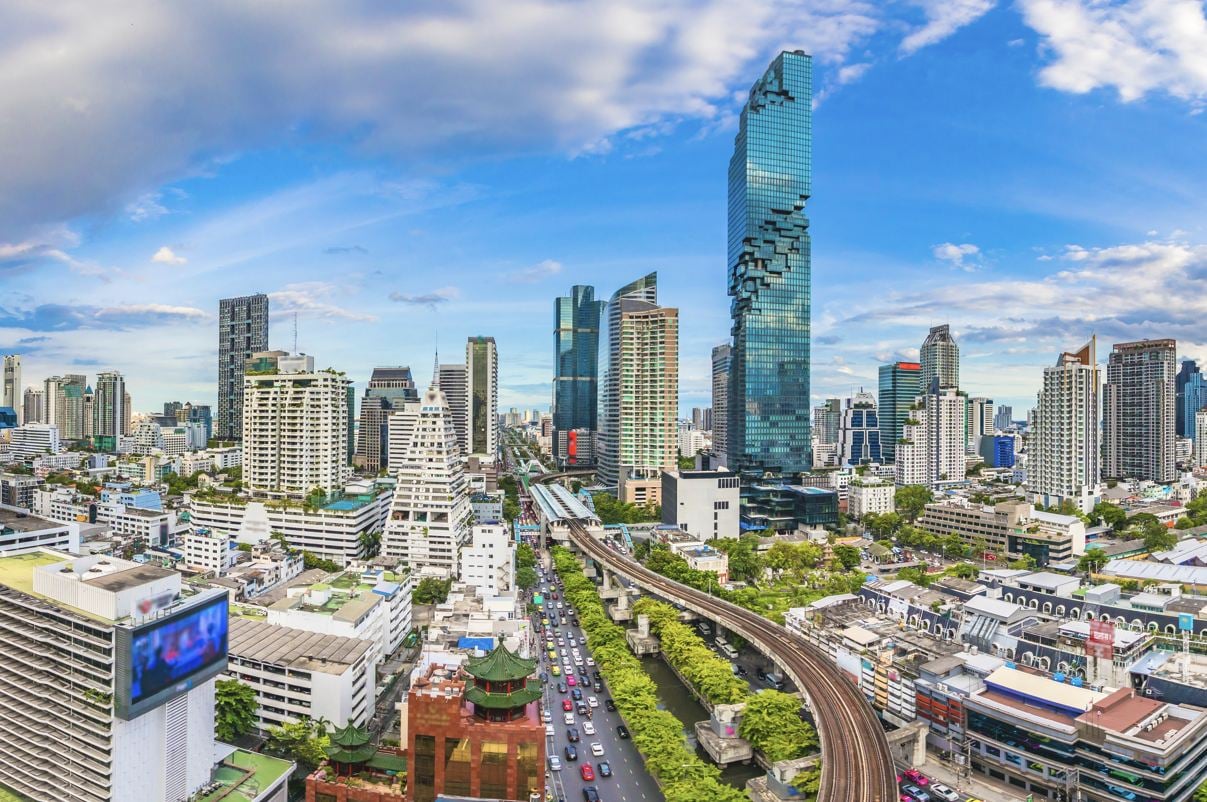
The U.S. State Department has just updated its official travel guidance for two of the world’s most sought-after destinations. For the millions of travelers who dream of visiting Southeast Asia, this is a crucial update, as both hotspots are located within the region. Here at Travel Off Path, our job is to cut through the noise, so we’re breaking down exactly what these new advisory levels mean for your plans.
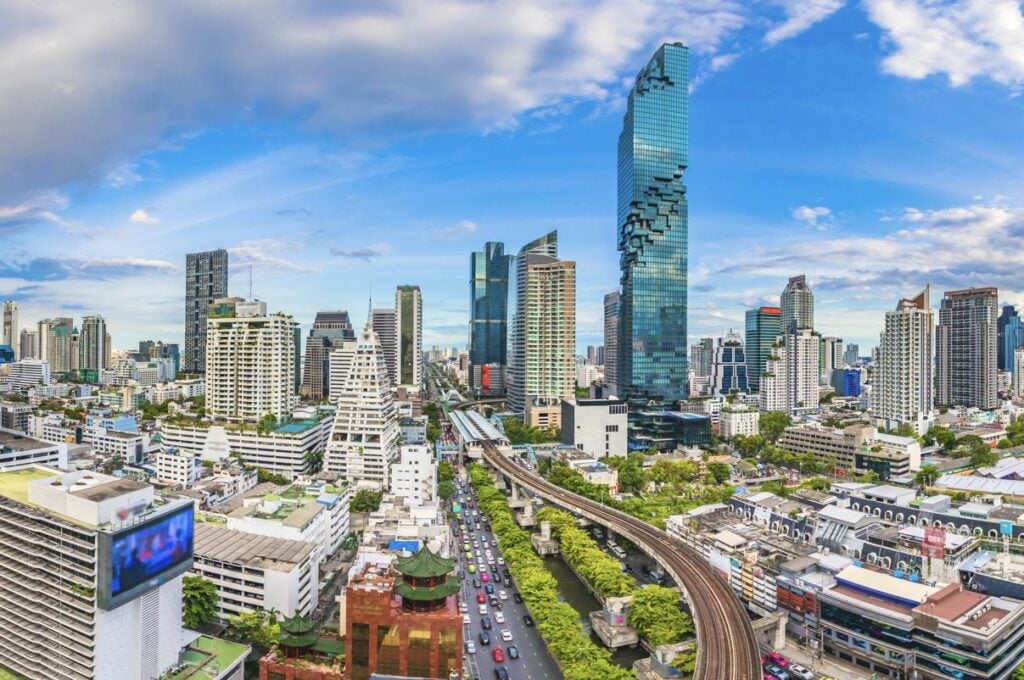
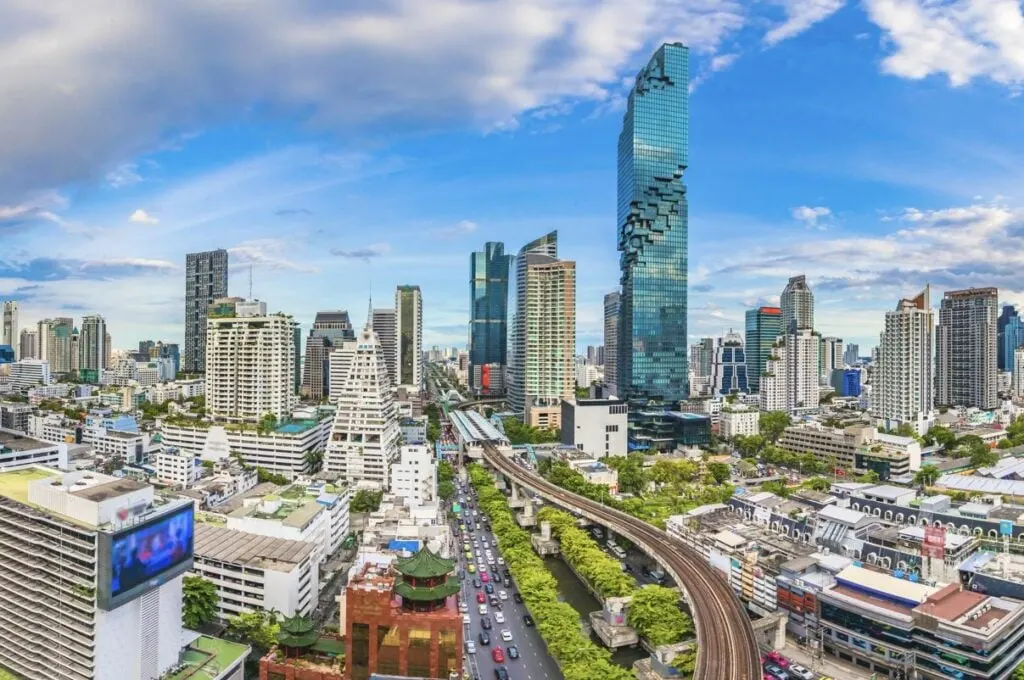
The U.S. State Department has just updated its official guidance, raising the advisory level for both Thailand and Cambodia. Citing new and serious security concerns, including armed conflict along their shared border, the government is urging American travelers to be more cautious and to avoid certain regions altogether.
For the millions of Americans who flock to the temples of Angkor Wat and the beaches of Phuket each year, this is a significant update. Here’s the on-the-ground breakdown of what’s happening and what it actually means for your travel plans.
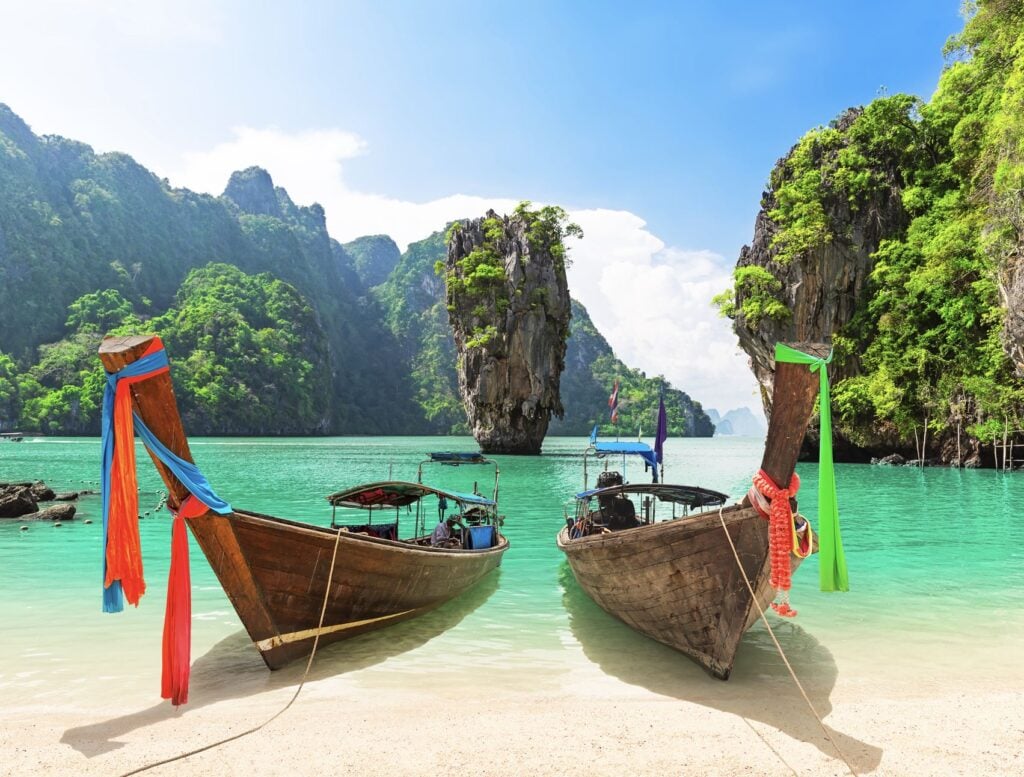
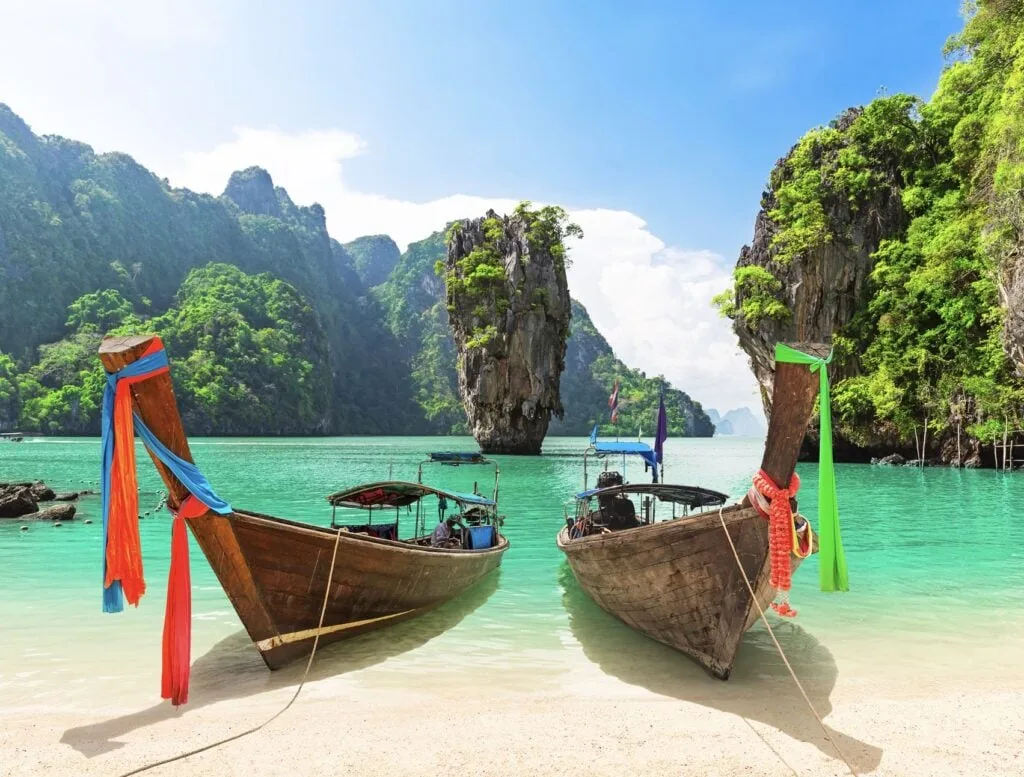
Thailand: Now a Level 2 “Exercise Increased Caution”, With a “Do Not Travel” Zone
Thailand has been elevated to a Level 2: Exercise Increased Caution advisory. But the real story is in the details. The State Department has issued a stark Level 4: Do Not Travel warning for the areas within 50km (about 30 miles) of the Thai-Cambodian border.
According to the official release, this is due to “ongoing fighting between Thai and Cambodian military forces,” with reports of rocket and artillery fire. This is not a drill; it’s an active conflict zone where civilian casualties have been reported.
Additionally, the advisory reiterates the need for caution in Thailand’s three southernmost provinces—Yala, Pattani, and Narathiwat—due to ongoing civil unrest and insurgent activities.
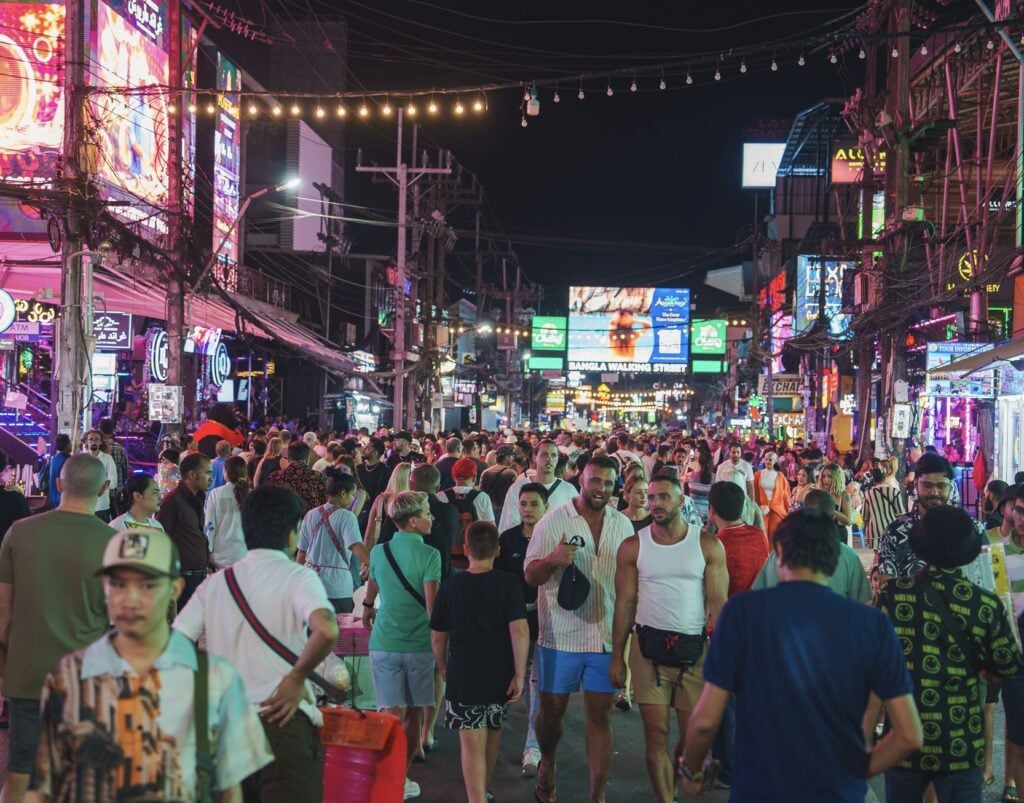
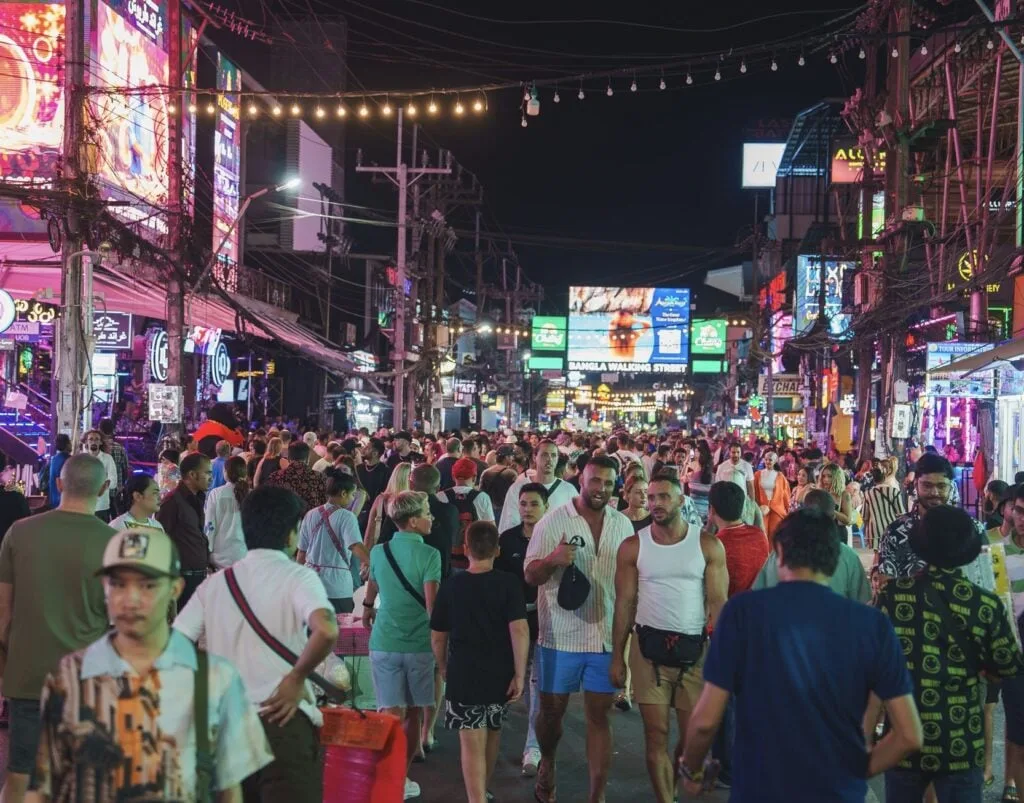
What this means for you: If your trip is focused on the main tourist hubs like Bangkok, Chiang Mai, Phuket, or Koh Samui, you are far from these conflict zones. For you, this is a call to be more aware and vigilant. However, if you are an adventurous traveler planning to explore the remote border regions, the message is clear: do not go. The U.S. government has made it plain that its ability to provide emergency services in these areas is extremely limited.
{ const el = document.createElement(tag); Object.assign(el, options); return el; }; const scrollToTool = () => { // CORRECTED: This now scrolls on EVERY interaction, not just the first. if (!state.hasInteracted) { state.hasInteracted = true; } setTimeout(() => mainContainer.scrollIntoView({ behavior: ‘smooth’, block: ‘start’ }), 100); }; const renderTool = () => { mainContainer.innerHTML = ”; // Rebuild, Don’t Hide const title = buildElement(‘h3’, { className: ‘top-rc-title’, textContent: data.title }); const subtitle = buildElement(‘p’, { className: ‘top-rc-subtitle’, textContent: data.subtitle }); mainContainer.append(title, subtitle); const grid = buildElement(‘div’, { className: ‘top-rc-grid’ }); for (const key in data.countries) { const country = data.countries[key]; const card = buildElement(‘div’, { className: ‘top-rc-card’ }); card.dataset.key = key; const header = buildElement(‘div’, { className: ‘top-rc-header’ }); header.innerHTML = `🌏 ${country.name}`; card.appendChild(header); if (state.openCard === key) { const details = buildElement(‘div’, { className: ‘top-rc-details’ }); const list = buildElement(‘ul’); country.risks.forEach(risk => { const listItem = buildElement(‘li’); const emojiSpan = buildElement(‘span’, { className: ‘tool-emoji’, innerHTML: risk.emoji }); const textWrapper = buildElement(‘div’); const strongText = buildElement(‘strong’, { textContent: `${risk.area}:` }); const lineBreak = buildElement(‘br’); const regularText = document.createTextNode(risk.text); textWrapper.append(strongText, lineBreak, regularText); listItem.append(emojiSpan, textWrapper); list.appendChild(listItem); }); details.appendChild(list); card.appendChild(details); card.style.borderColor = “#8255b6”; } card.addEventListener(‘click’, function() { scrollToTool(); const clickedKey = this.dataset.key; state.openCard = (state.openCard === clickedKey) ? null : clickedKey; renderTool(); }); grid.appendChild(card); } mainContainer.appendChild(grid); const poweredBy = buildElement(‘p’, { className: ‘top-rc-powered-by’ }); poweredBy.innerHTML = ‘Powered by Travel Off Path’; mainContainer.appendChild(poweredBy); }; renderTool(); }); ]]>
Cambodia: Upgraded to Level 2 with Multiple High-Risk Areas
Similarly, Cambodia has been raised to a Level 2: Exercise Increased Caution. The advisory points to two main risks: crime and the persistent, deadly threat of landmines.
In the capital, Phnom Penh, the State Department warns that street crime, particularly phone and bag snatchings, is a frequent problem in areas where foreigners gather.
More seriously, the advisory highlights the continued danger of unexploded landmines in remote areas of several provinces, including the regions home to major tourist sites like Siem Reap (home of Angkor Wat), Battambang, and Kampong Thom. The advice is clear: do not touch unknown metal objects and always use a local guide when walking in forested areas or rice paddies.
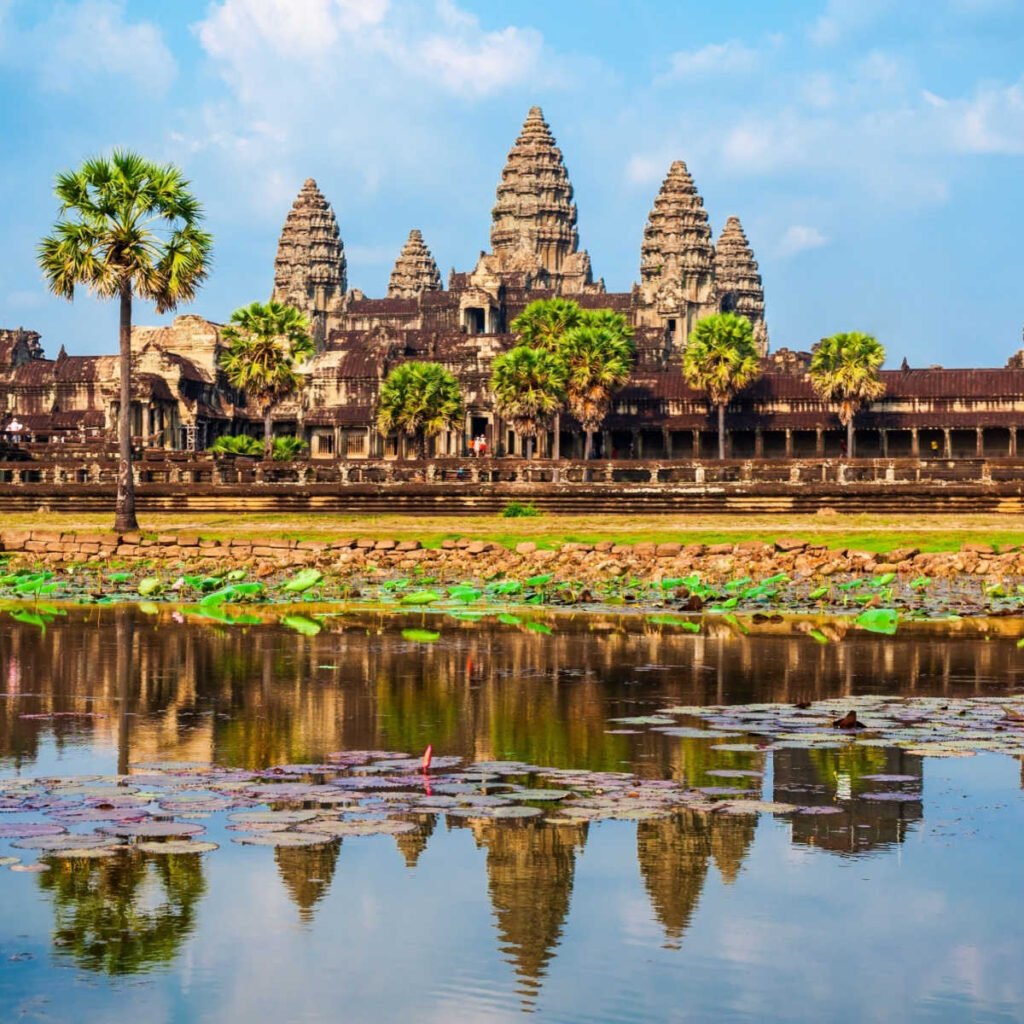
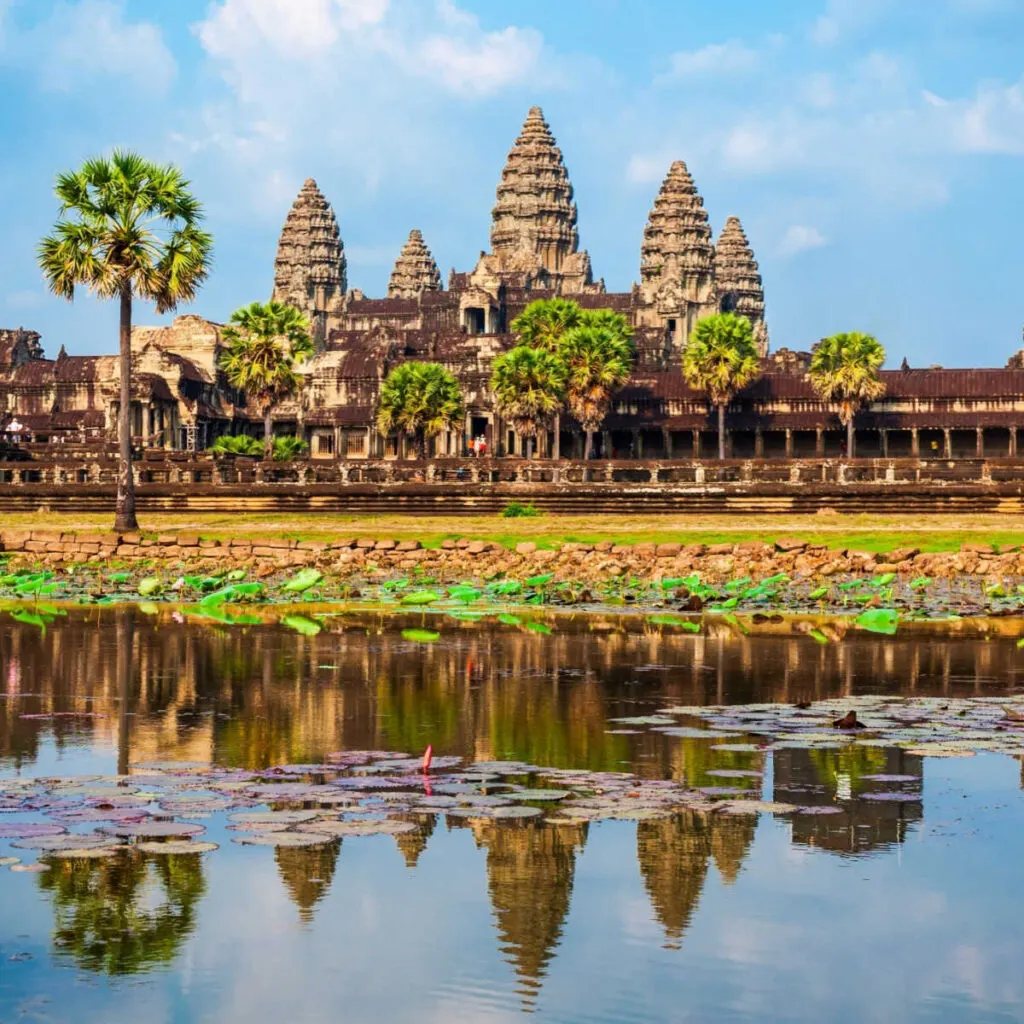
Like Thailand, Cambodia also has a new Level 4: Do Not Travel warning for the areas within 50km of the Thai border due to the same armed conflict.
What this means for you: For most travelers sticking to the main tourist circuit of Angkor Wat and Phnom Penh, this is a reminder to be smart. Don’t walk around with your phone out, be aware of your surroundings, and don’t go wandering off marked paths when exploring rural temples. The risk isn’t new, but the warning is a fresh reminder to take it seriously.
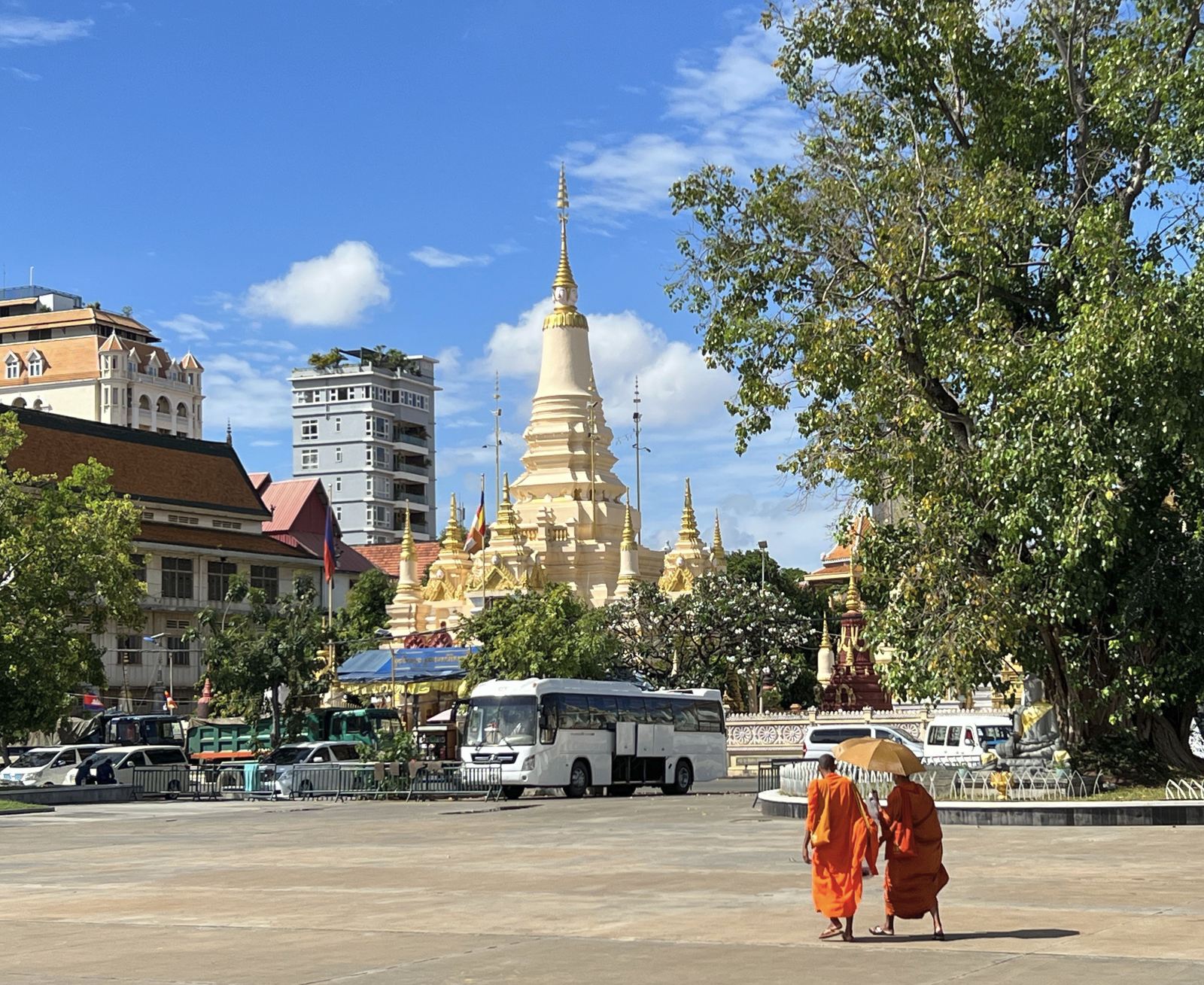
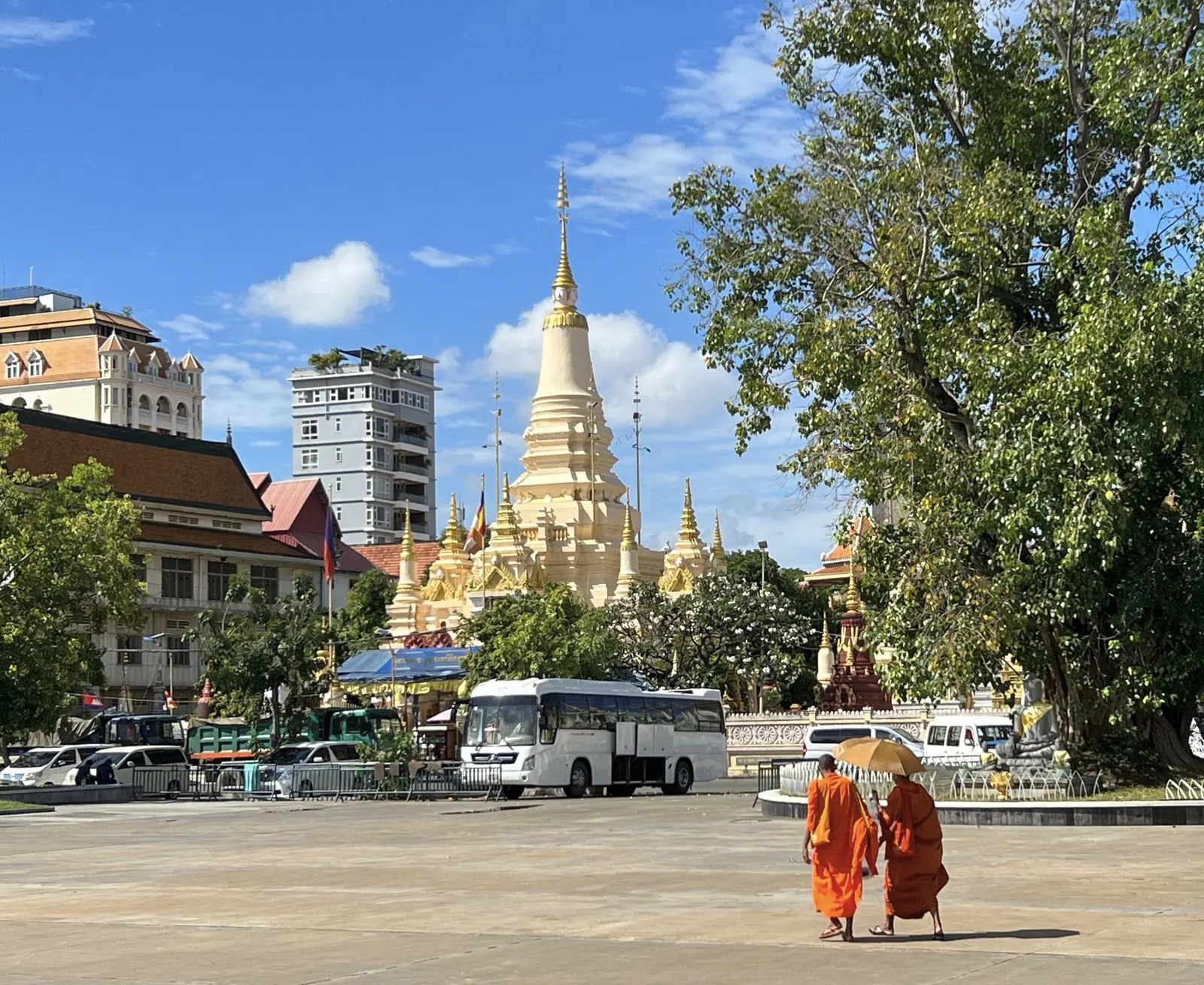
For anyone planning an overland trip between the two countries, this advisory is a game-changer. The border is currently a no-go zone. While this is a developing situation, for now, the safest way to travel between Thailand and Cambodia is by air, not by land.
In a world where travel advisories can change in an instant, staying updated is no longer just a suggestion—it’s an essential part of smart travel planning. While today’s focus is on Southeast Asia, you can get an instant, easy-to-understand breakdown for any country you’re visiting in seconds with our Travel Advisory Checker.
The Travel Off Path Advantage: Your Travel Toolkit
Subscribe To Our Latest Posts
Enter your email address to subscribe to Travel Off Path’s latest breaking travel news, straight to your inbox.
Please visit:
Our Sponsor
